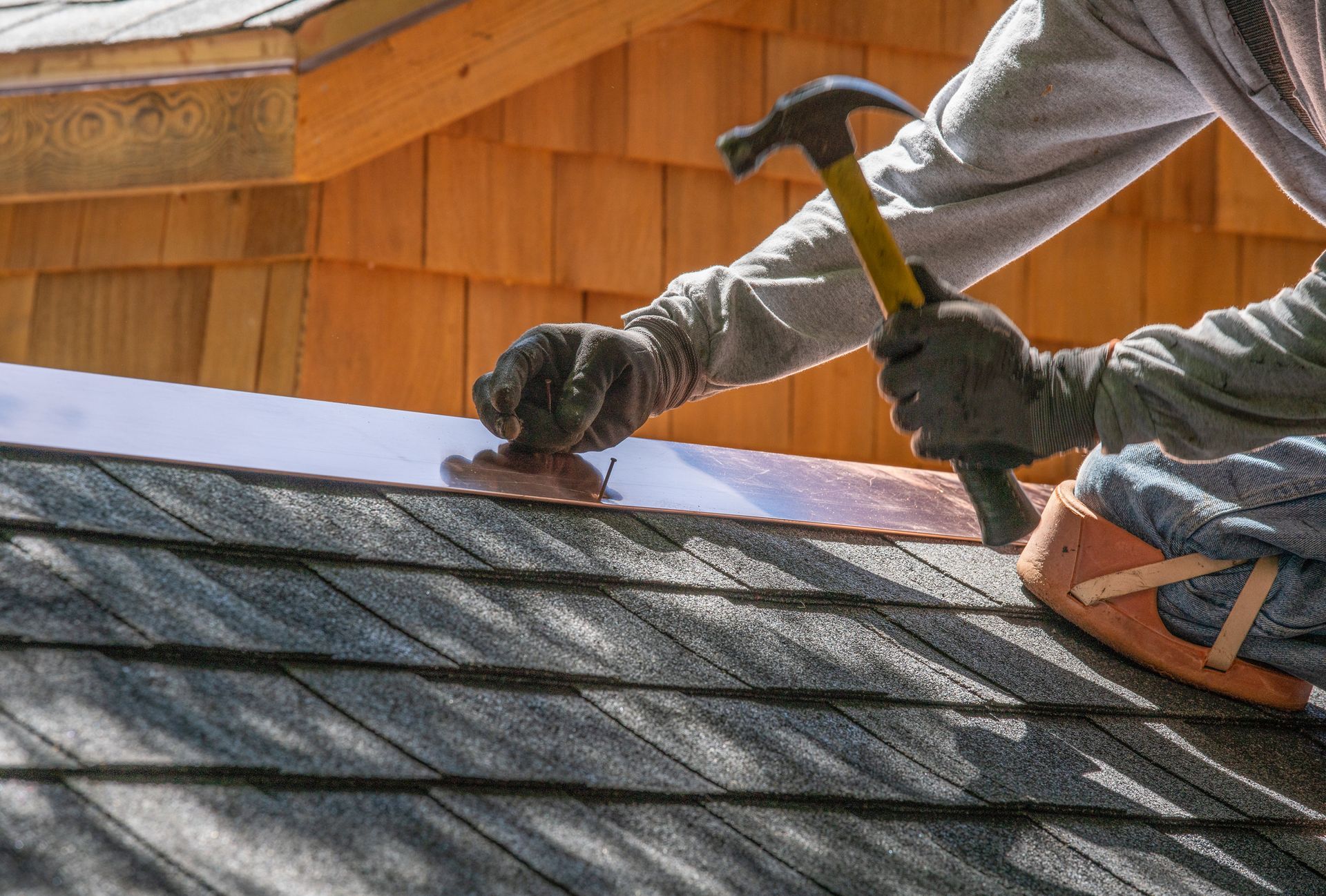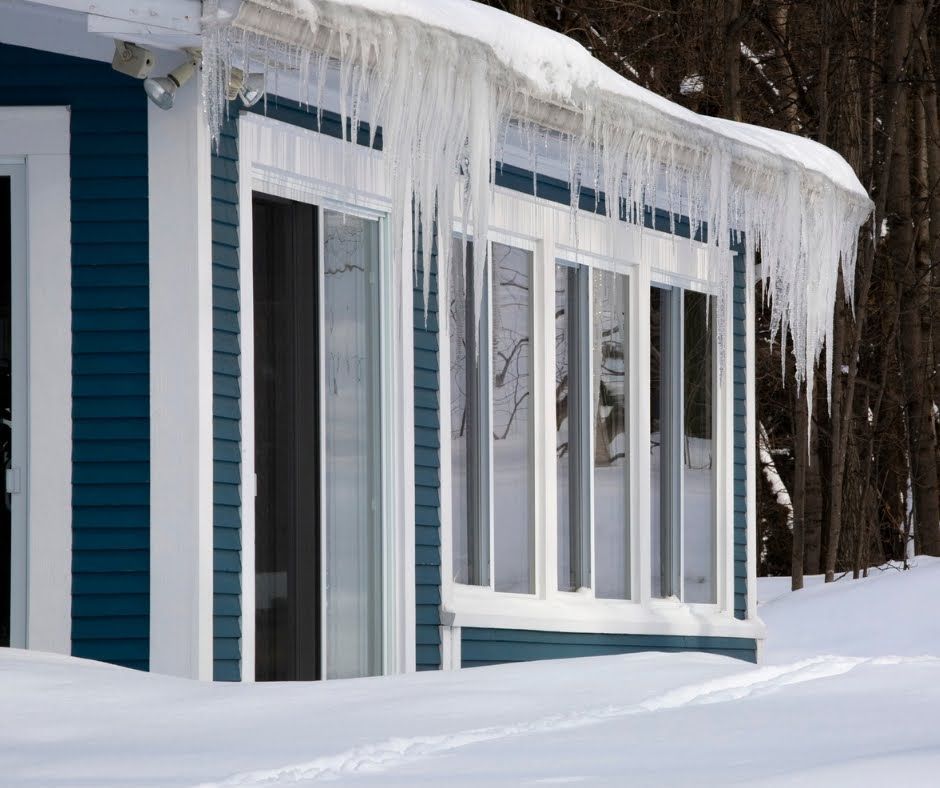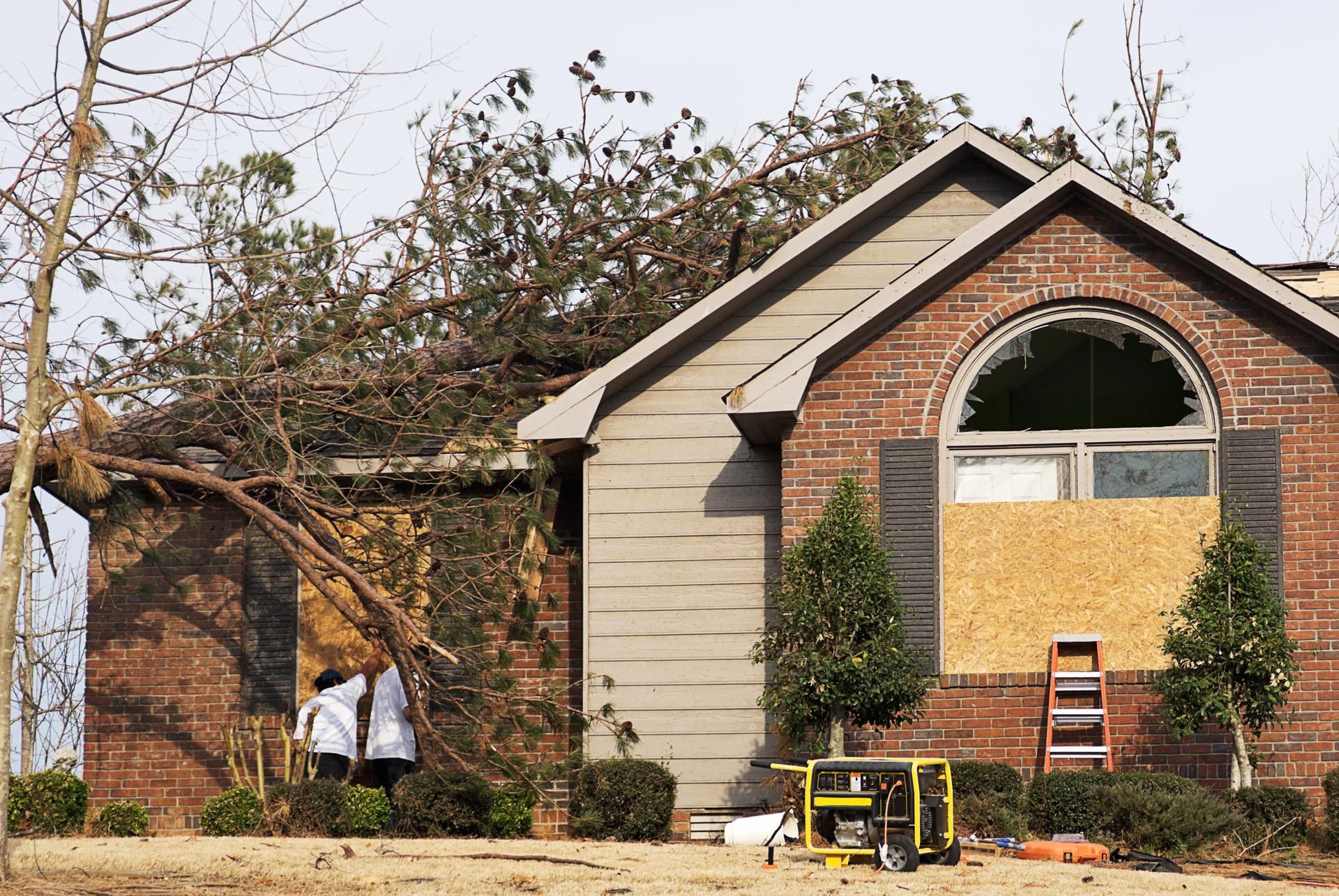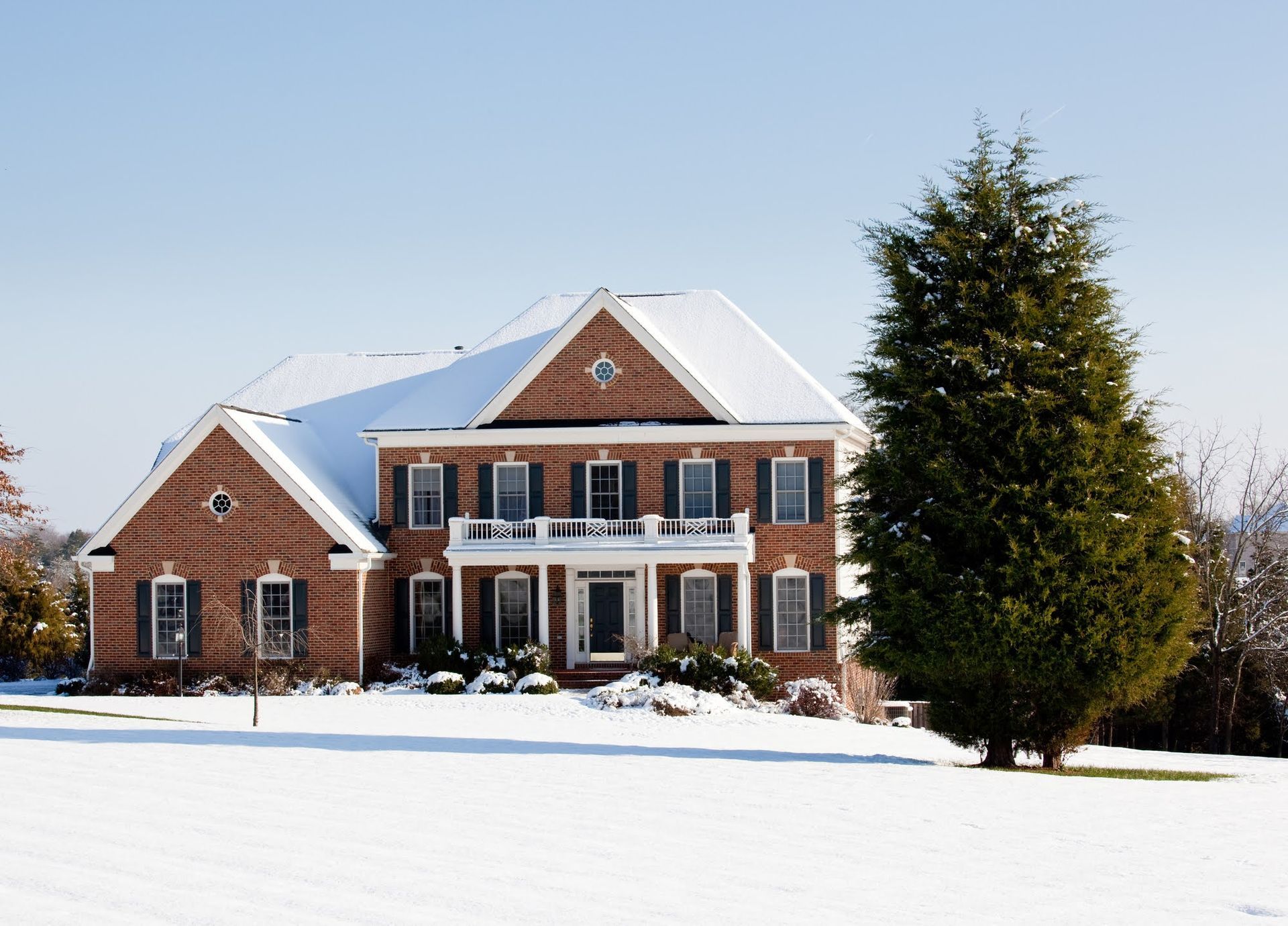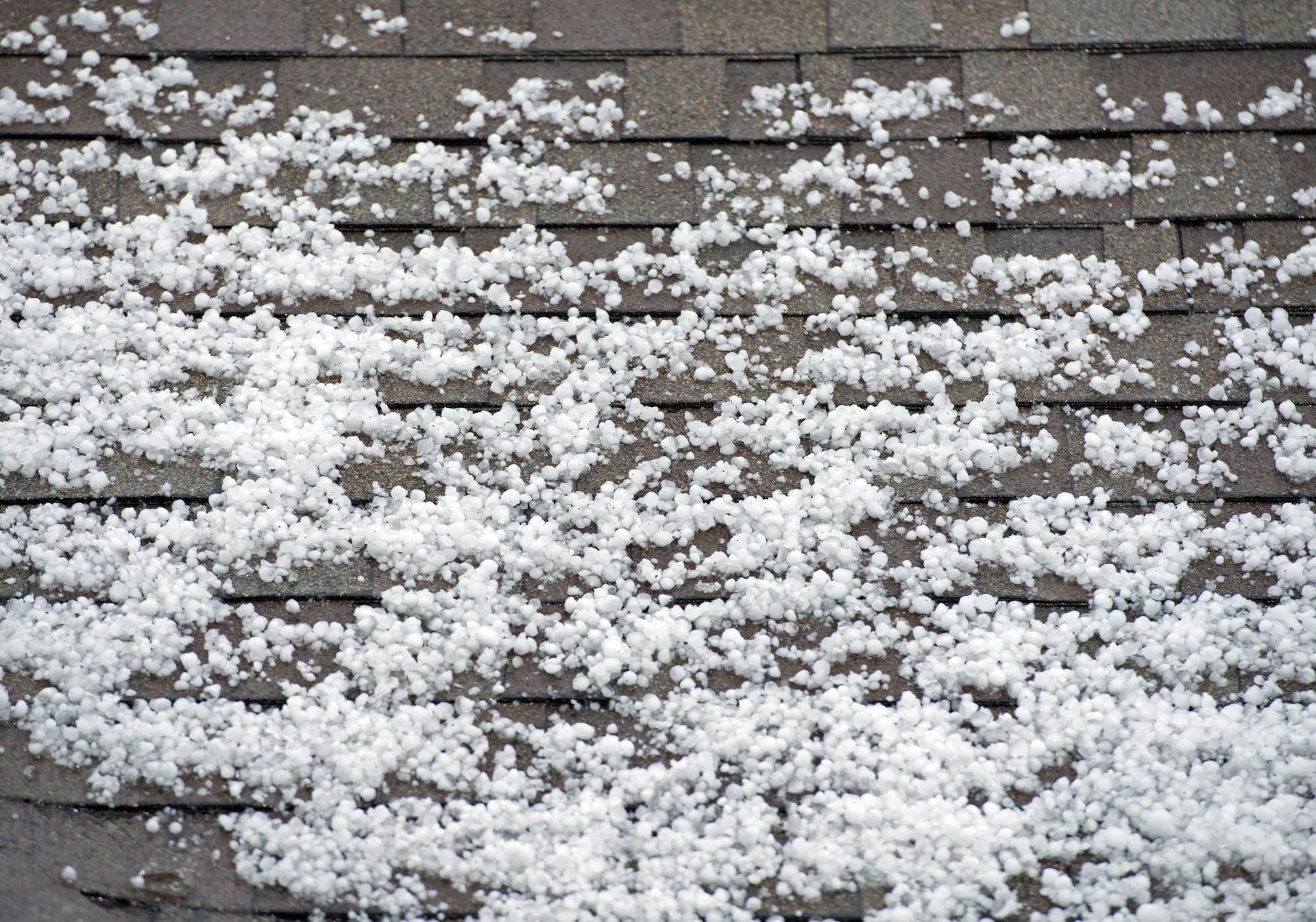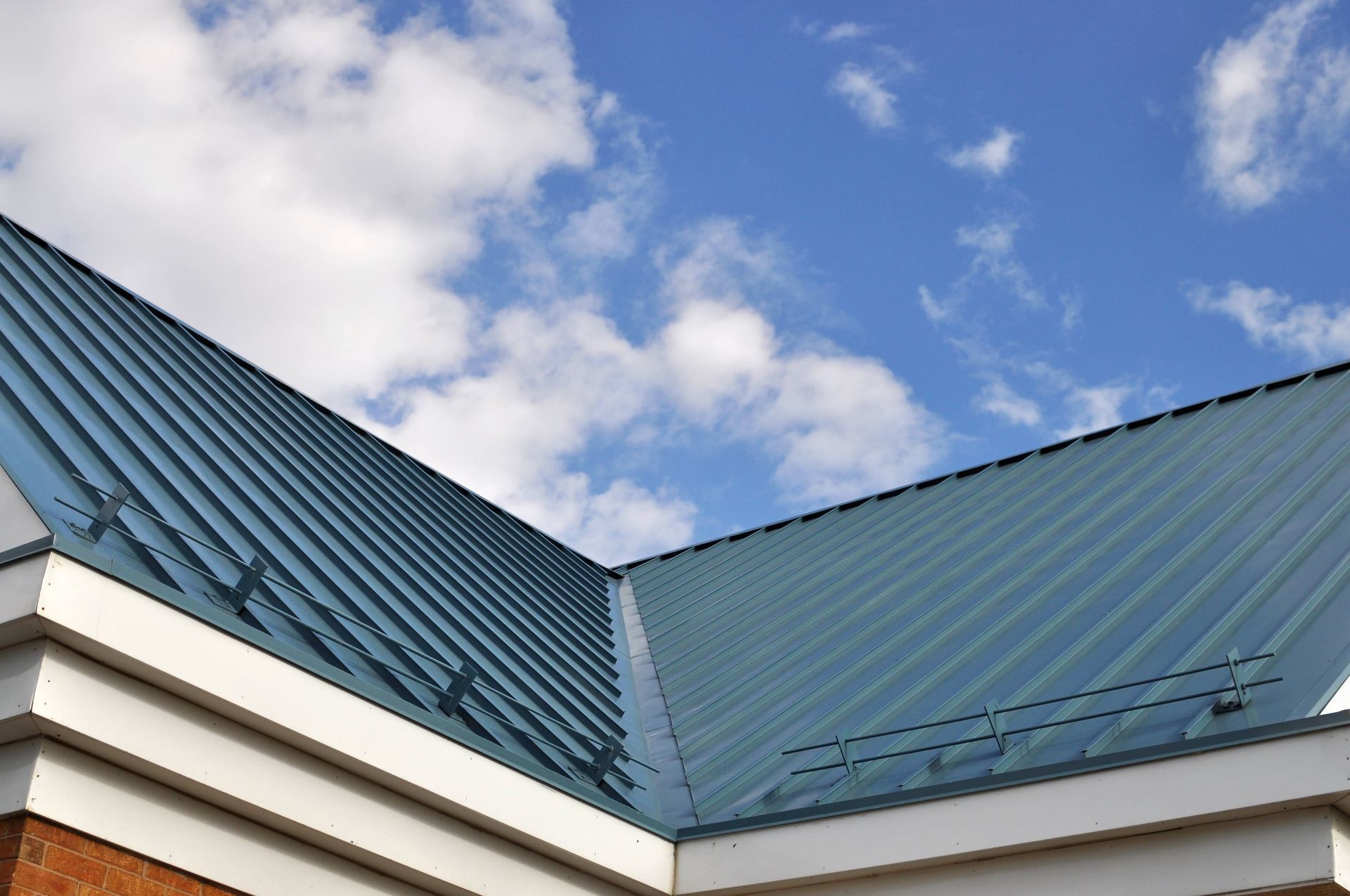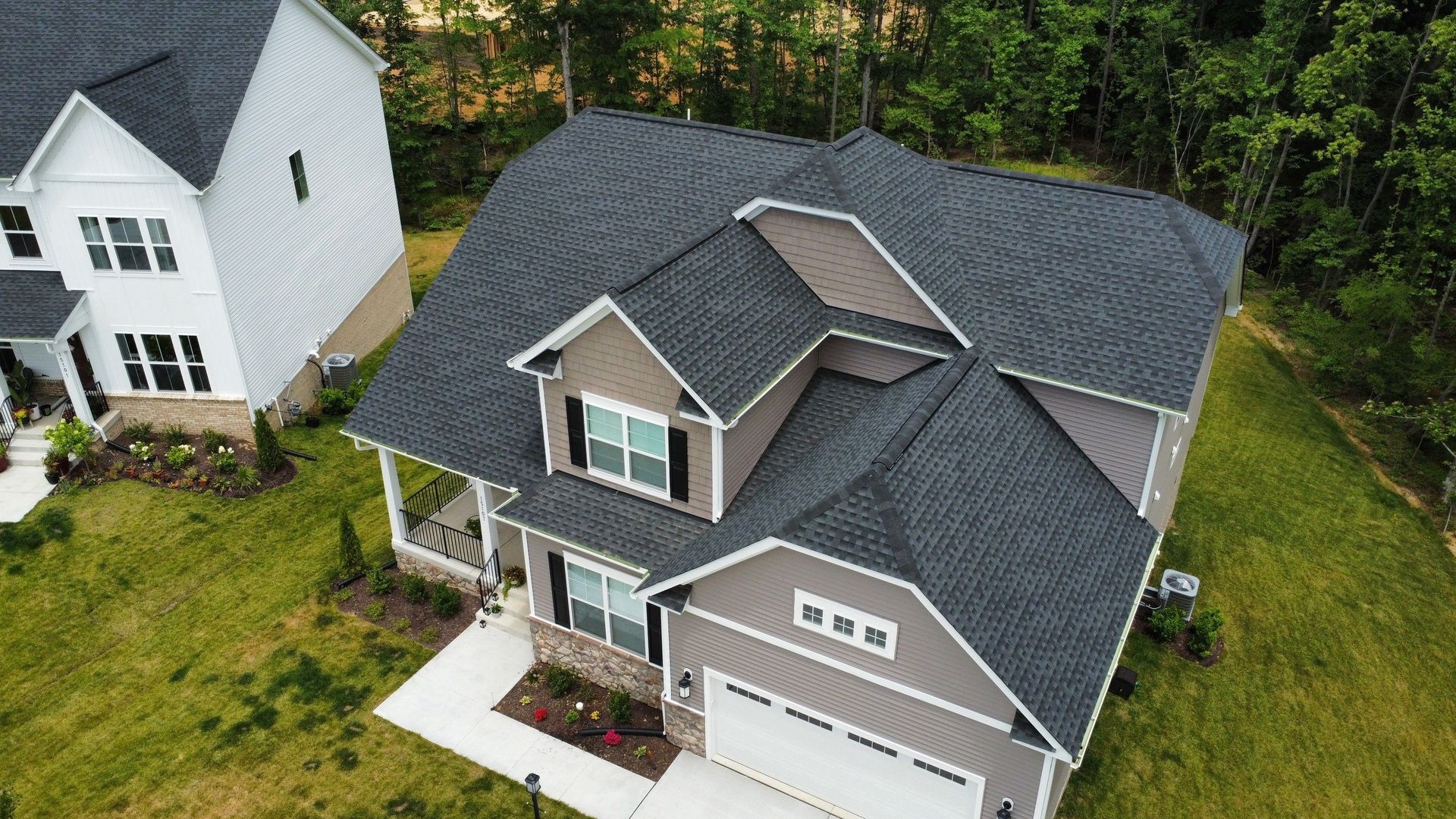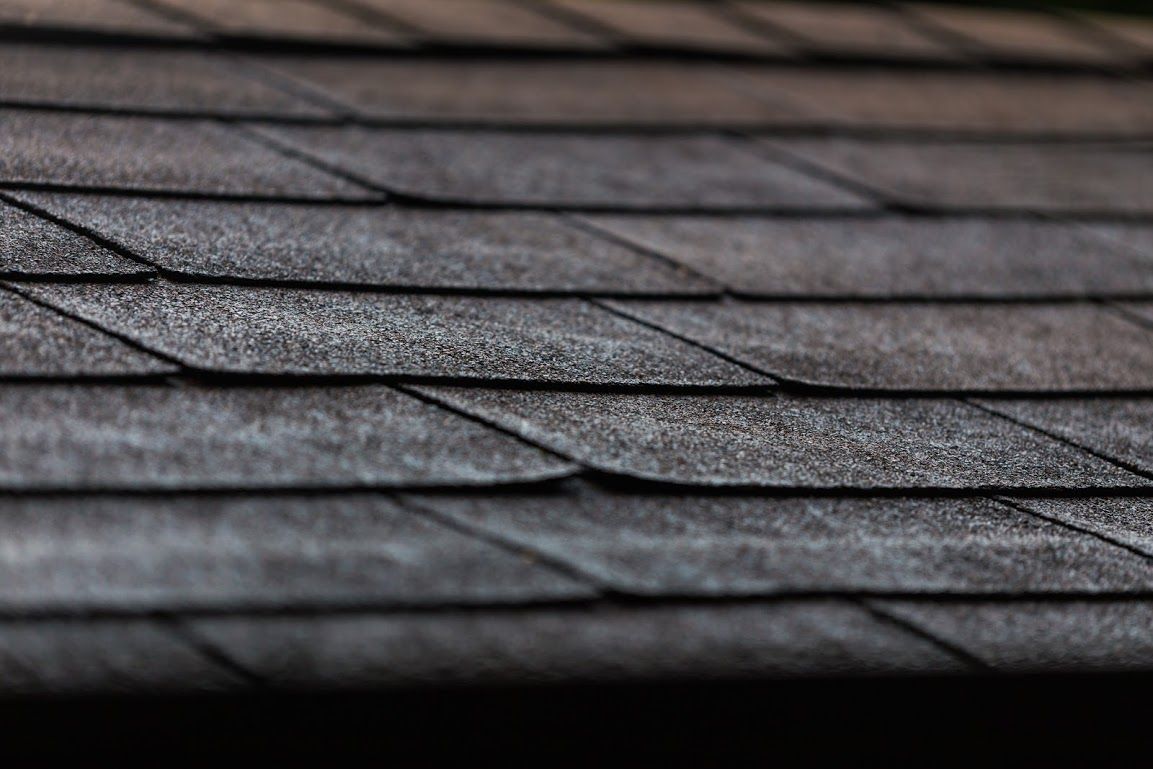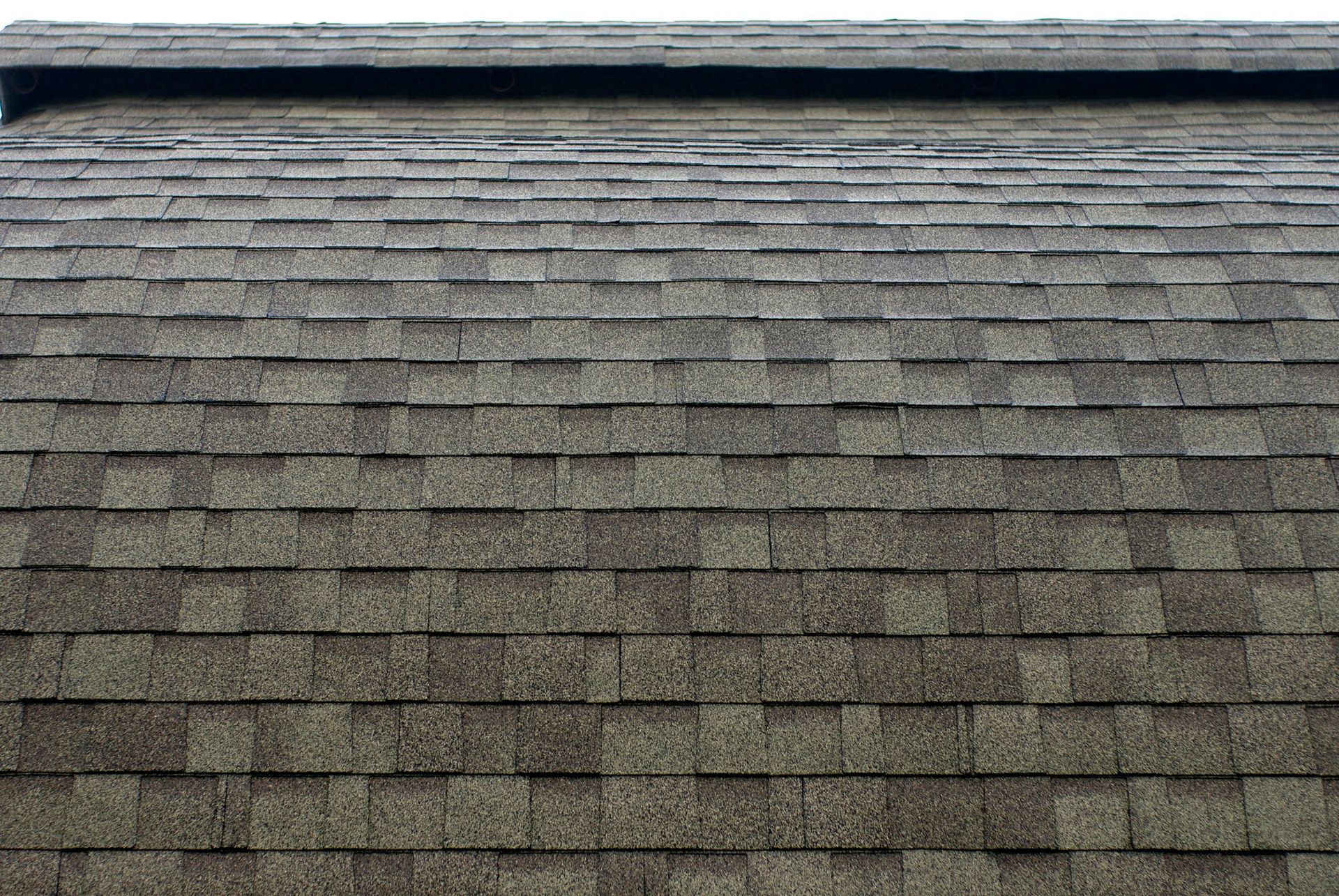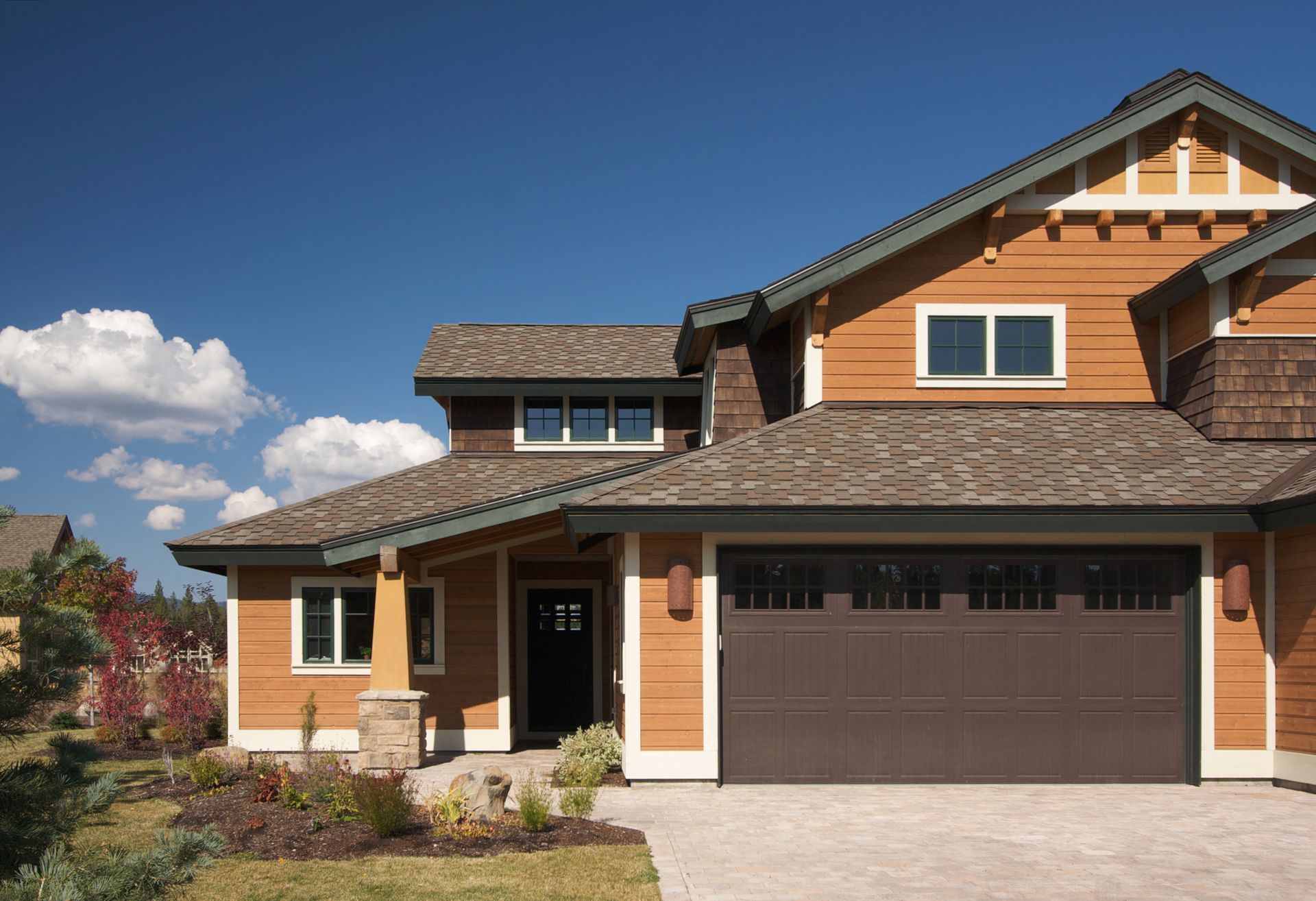Recognizing the Right Time to Replace Your Metal Roof
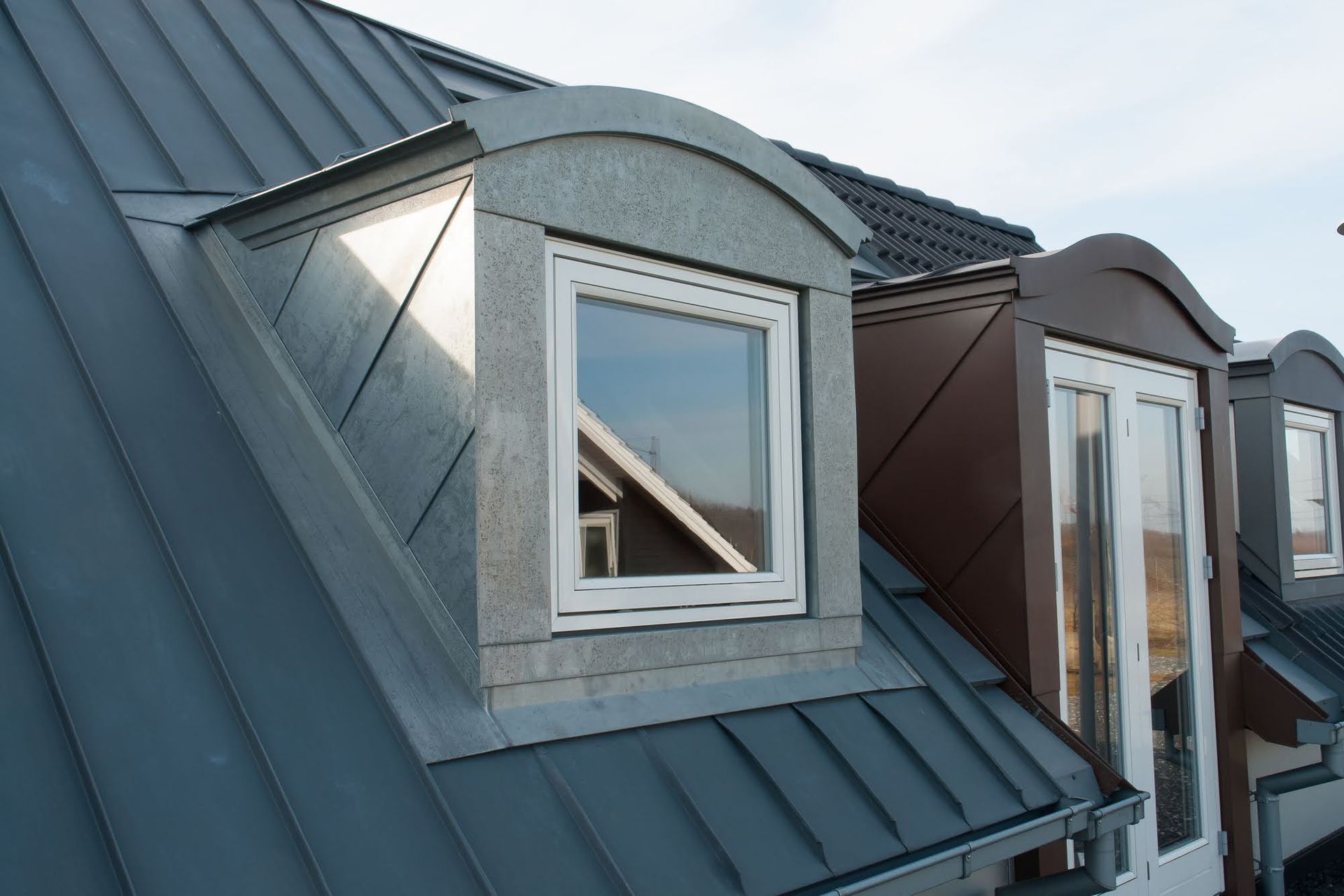
Metal roofs are known for their durability and longevity, often outlasting other roofing materials. However, even the most resilient structures eventually show signs of wear. Timely recognition of these signs can prevent more significant issues and ensure the safety and efficiency of your property. Here are the key indicators that it might be time to replace your metal roof.
Visible Corrosion or Rust
One of the most apparent signs that a metal roof needs replacement is the presence of corrosion or rust. While many metal roofs are treated to withstand oxidation, extreme weather or physical damage can compromise this protection. If rust patches become visible, the structural integrity of the roof could be at risk, and addressing it promptly is crucial.
Persistent Leaks
Metal roofs are typically resistant to water infiltration. However, if you notice persistent leaks, it could indicate a more significant problem. Leaks can result from seam failures, worn-out fasteners, or underlying structural issues. If multiple repairs fail to resolve the leaks, it may be time to consider a full roof replacement.
Noticeable Dents or Warping
Severe weather can cause physical damage to a metal roof. Hailstorms, falling branches, or strong winds may lead to dents, warping, or bending of metal panels. These deformities not only affect the roof’s appearance but can also compromise its ability to protect against the elements. When such damage is extensive, replacing the roof becomes a prudent choice.
Fading or Chipping Paint
The protective paint on metal roofs serves both aesthetic and functional purposes. It shields the metal from UV rays and moisture, preventing corrosion. Over time, fading or chipping paint can expose the metal beneath to the elements, accelerating wear and tear. If repainting is no longer effective, it's a sign that a replacement is necessary.
Loose or Damaged Fasteners
Fasteners hold the metal panels securely in place. Over time, due to thermal expansion and contraction, these fasteners can become loose or damaged. If you observe that fasteners are constantly needing adjustments or replacements, it indicates that the roof's integrity is compromised. A complete roof overhaul might be needed to ensure long-term stability.
Increased Energy Bills
A well-maintained metal roof contributes to energy efficiency by reflecting heat and maintaining consistent indoor temperatures. A sudden rise in energy bills could suggest that the roof is no longer functioning optimally. Gaps, leaks, or insufficient insulation could be the culprits. If these issues persist, replacing the roof can restore energy efficiency.
Mold or Mildew Growth
Mold or mildew growth on a metal roof often indicates trapped moisture, which can lead to further damage. While minor growth can be cleaned, persistent mold or a musty odor inside the property suggests deeper issues. In such cases, replacing the roof may be the best course of action to prevent health hazards and structural damage.
Outdated Design
While functionality is crucial, aesthetics also play a role in the decision to replace a roof. If your metal roof looks outdated compared to newer designs or no longer complements the architectural style of your property, it might be time for an upgrade. A modern roof can enhance curb appeal and potentially increase property value.
Extended Lifespan
Metal roofs are known for their longevity, often lasting several decades. However, if your roof has reached the end of its expected lifespan, proactive replacement is advisable. Waiting for visible signs of failure can lead to more costly repairs or damage to the home’s interior.
Recognizing the signs that indicate the need for a metal roof replacement is essential for maintaining the safety and efficiency of your property. By addressing issues such as corrosion, persistent leaks, or structural damage promptly, you can prevent further complications and ensure the protection of your home or business. When in doubt, consult a professional roofing contractor to assess the condition of your roof and make informed decisions about its future. Contact our team today to learn more.
BROWSE OUR WEBSITE
CONTACT INFORMATION
Address: 8516 Sanford Drive, Henrico, VA 23228
Phone: 804-362-6504
Email: roofing@cbchandler.com
BUSINESS HOURS
- Mon - Fri
- -
- Saturday
- Appointment Only
- Sunday
- Closed


